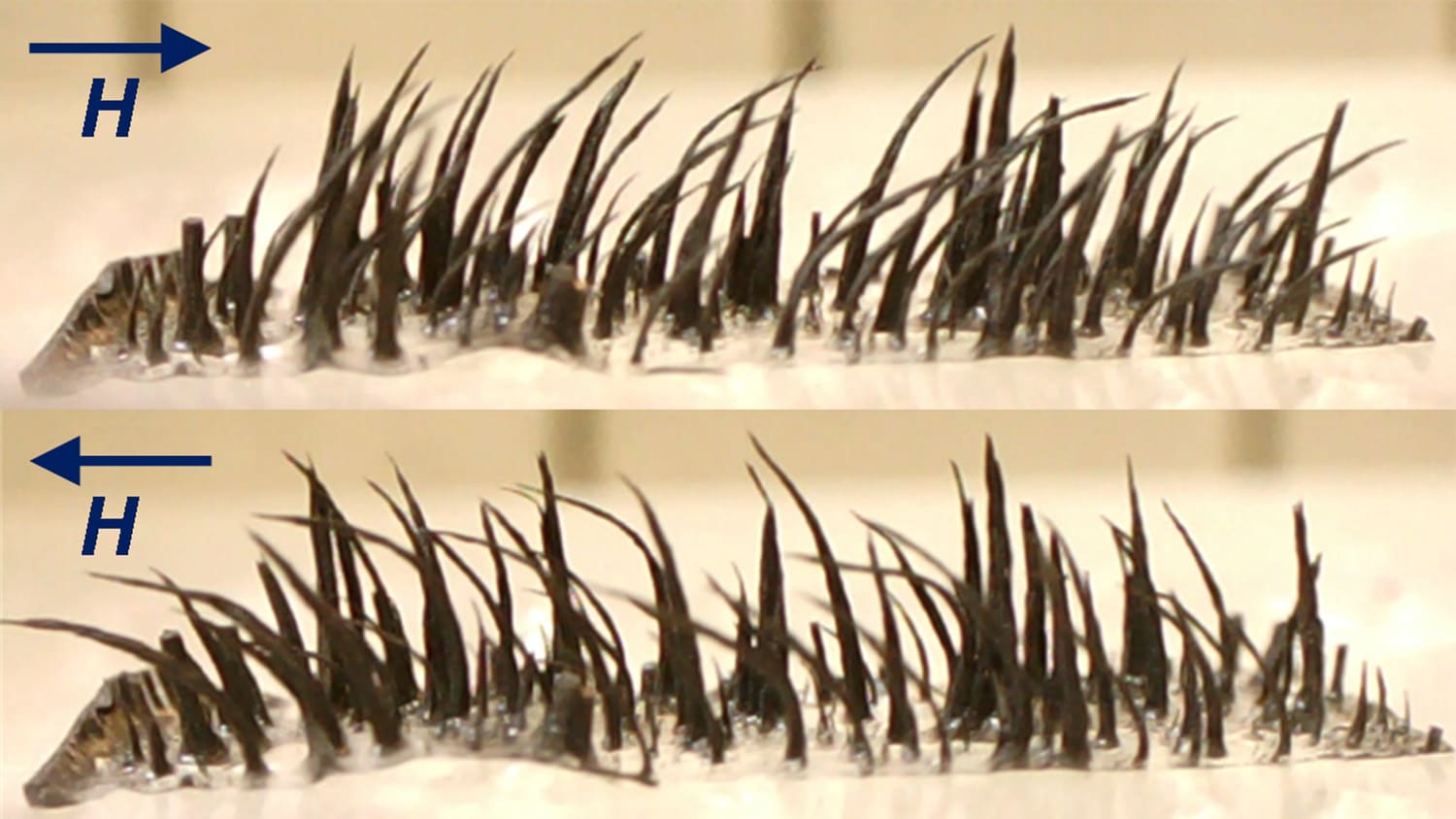Know Your Enemy: Termites

Termites are fascinating insects, and not just because they can turn your front porch into mush. For example, did you know that many researchers have concluded that termites are actually social cockroaches?
Whether you group them under the order Blattodea or Isoptera (and entomologists do both), there are more than 2,500 species of termites globally, most of which are found in the tropics.
Termites perform a critical ecological function – breaking down dead wood. They can do this because their guts are host to a variety of protozoans and bacteria that break the cellulose in wood down into simple sugars the termites can digest. And emerging evidence indicates that termites can also produce their own enzymes for breaking down cellulose.
This time of year, you may be seeing swarms of termites. When reproductive males and females – the winged kings and queens – reach maturity, they leave their colony in swarms that can consist of thousands of individuals. Depending on the wind, they’ll travel a few hundred yards before landing and breaking off their wings. Males then seek out females, and the couple searches for shelter. They can then get down to the business of cranking out offspring.

In the eastern United States, the most common species is the eastern subterranean termite (Reticulitermes flavipes). A queen flavipes will only lay 20 to 30 eggs in the first year after mating. These eggs will primarily hatch into workers, with one or two soldiers to protect the colony. The symbiotic protozoans and bacteria are passed from one generation to the next via food sharing (yuck) and fecal material (double yuck) – with juvenile termites feeding on the bacteria- and protozoan-rich feces of other termites.
The worker termites seek out dead wood – whether it’s a fallen tree or the side of your house – which will serve as a source of both food and shelter.
Unlike mound termites, which build often colossal nests, flavipes colonies move around – tunneling galleries underground and through wood as they go. As a result, many homeowners are unaware that they are playing host to termites until they see a swarm of young kings and queens issuing from their house.
The slightly scary news is that it likely takes five to seven years before a colony has grown to the point where it begins producing a new generation of winged kings and queens. By that time, the colony may consist of hundreds of thousands of workers.
The much better news is that the whole colony is almost certainly not living in your house. Workers will forage for 10s of meters away from the “royal nest” where the king and queen are housed (though the king and queen are willing and able to relocate).
That’s right, the queen and the king. Termites differ from other social insects, like ants, bees and wasps, in two ways. First, the kings don’t die after mating, the way male ants, bees and wasps do. The termite kings stay with the queen in order to keep fertilizing her. Second, worker and soldier termites can be male or female, whereas those roles are filled exclusively by females in other social insects.
King and queen termites can also be replaced by “secondary reproductives.” When a king or queen dies, workers can develop into reproductive males or females without going through the winged stage. Similarly, immature nymphs can also become secondary reproductives without going through the winged stage. So, in theory, a termite colony can go on ad infinitum, or at least until they become too inbred to be genetically viable.
I can hear you thinking: “While that is fascinating, what I really want to know is how to protect my house.”
There are a handful of things you can do to protect your home:
- Don’t have wooden parts of your house in direct contact with the soil (termites love that).
- Fix leaky pipes and roofs, because termites also love moist wood.
- Don’t store firewood or wood debris right next to your house.
- Don’t pile too much mulch right next to your house (see: moist wood).
That said, conventional wisdom holds that there are two types of houses in North Carolina: those that have termites, and those that will have termites. As Douglas Adams once said: “Don’t Panic.” There are effective means of dealing with termites.
Also, don’t panic if you see a swarm of termites in your yard. They are a natural part of the environment. A 2008 study done in central North Carolina found that the average real estate property in the region is home to 10 termite colonies. So you’re probably surrounded by termites already, and just didn’t know it.
Note: Many thanks to Dr. Ed Vargo, professor of entomology at NC State, for taking the time to talk to me about termites. Any errors in the above post are mine alone.
- Categories:


